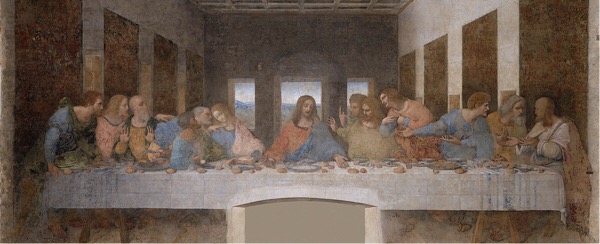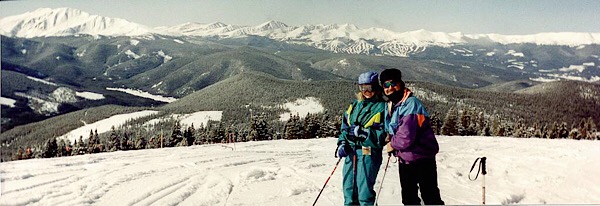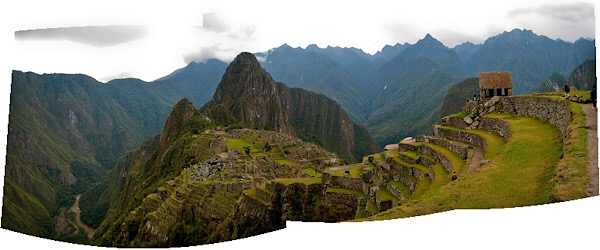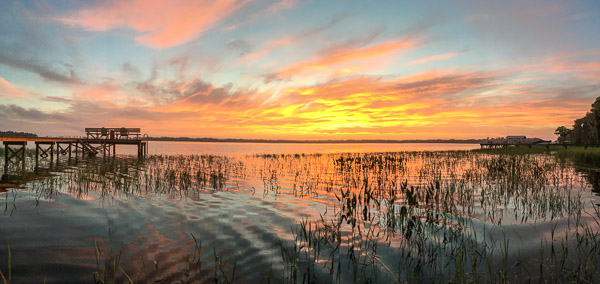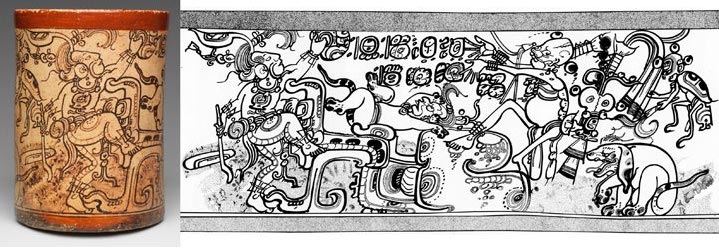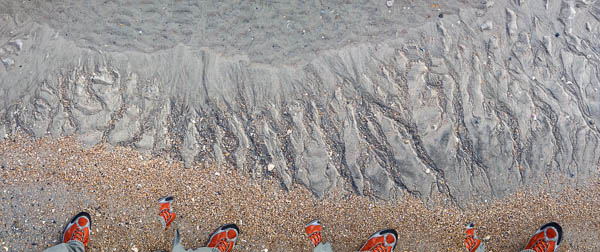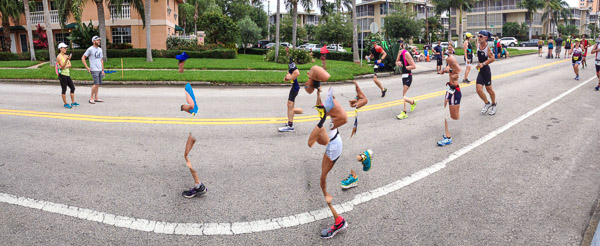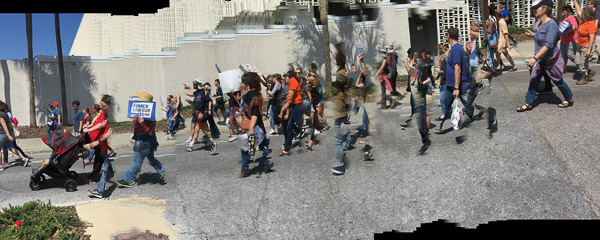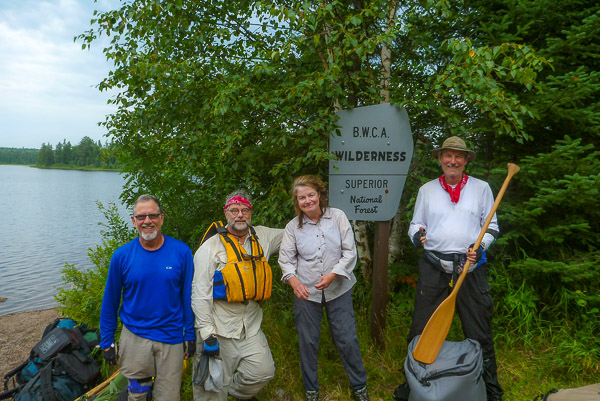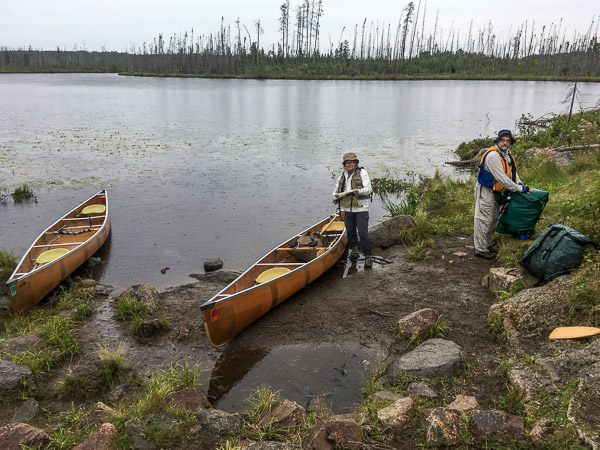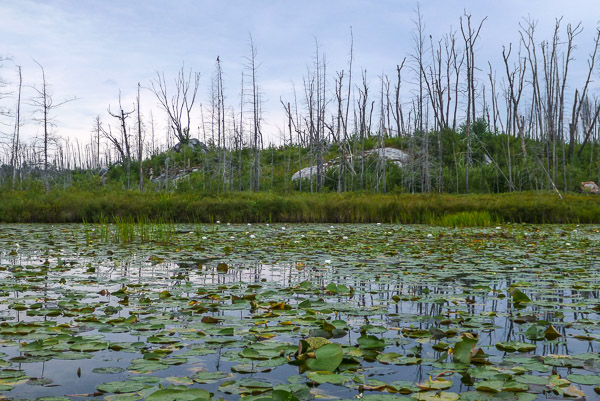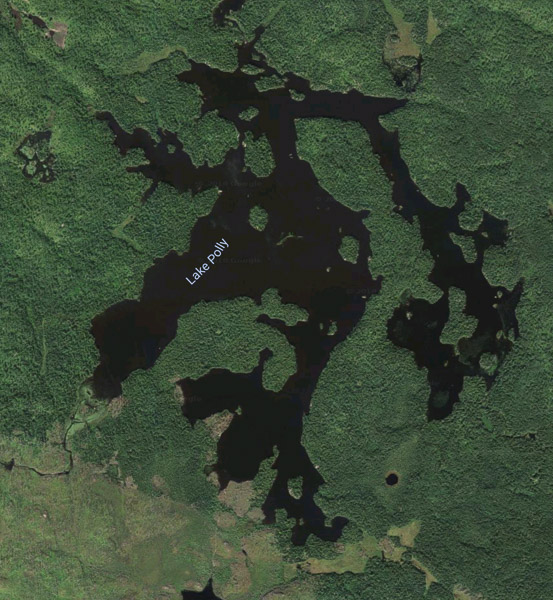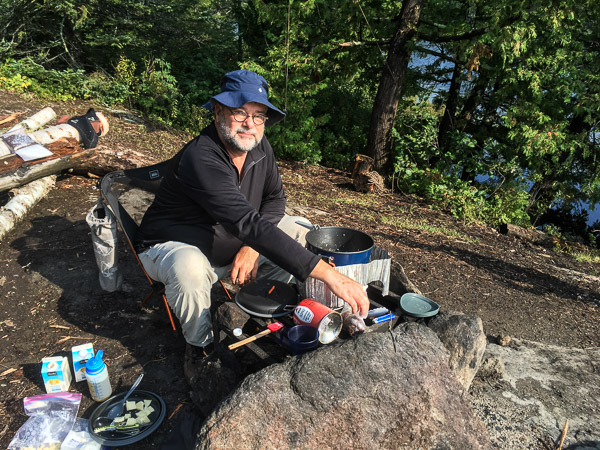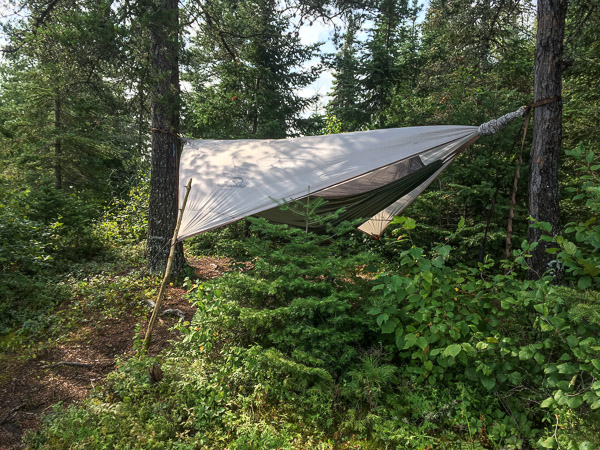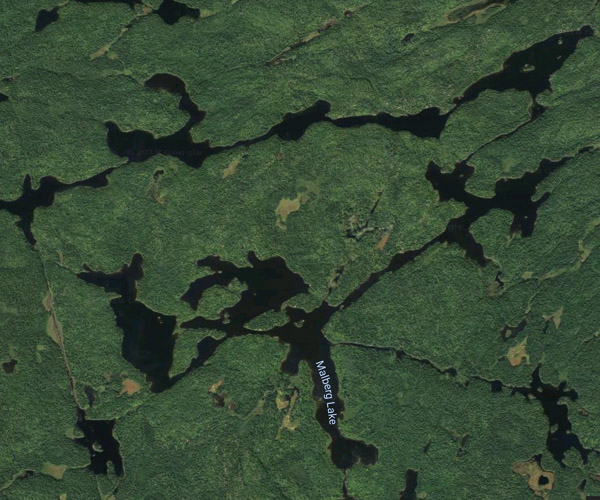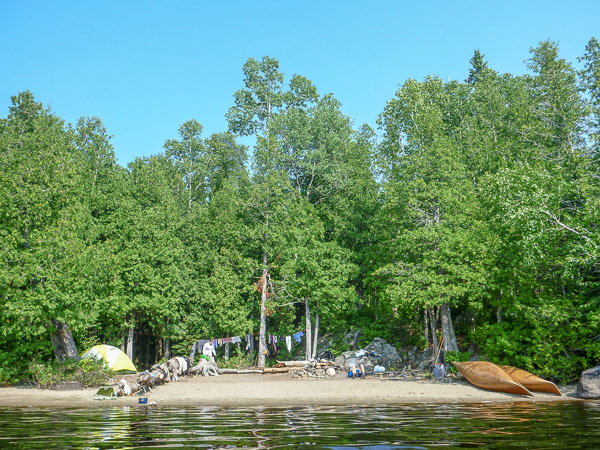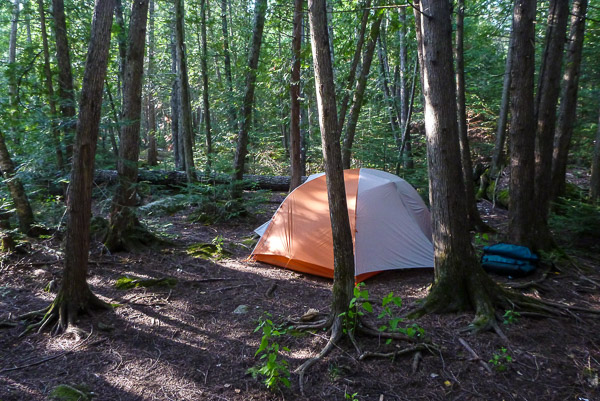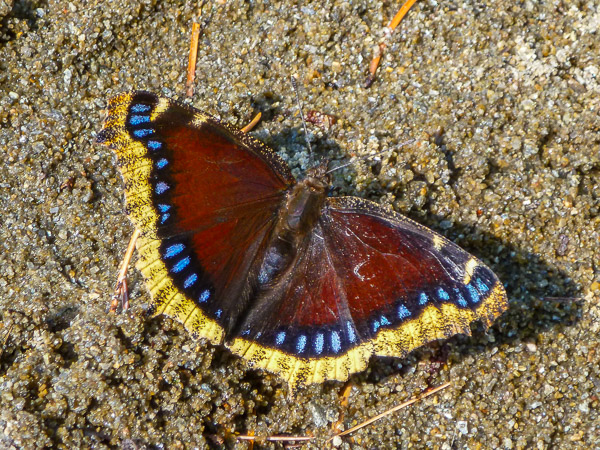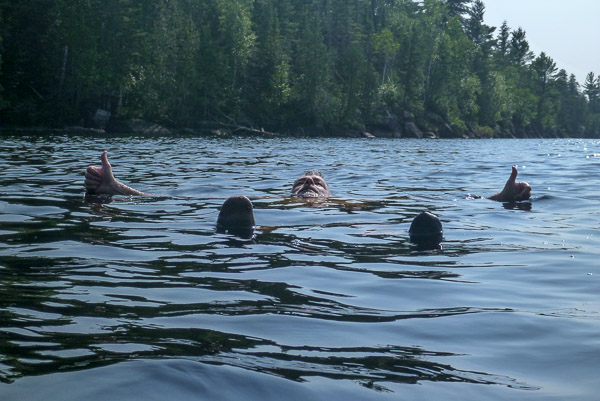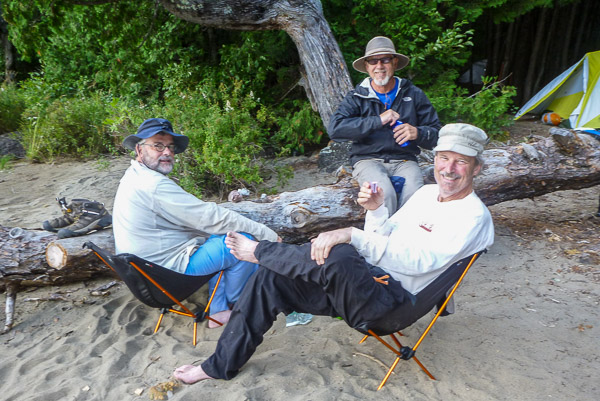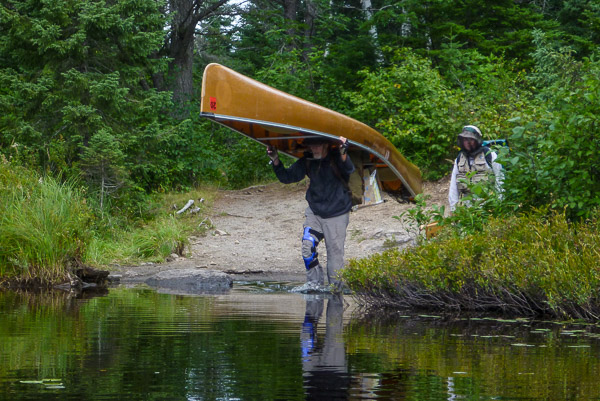I recently returned from a backcountry bike trip on the White Rim Trail in Canyonlands National Park near Moab Utah. [Gallery]

We were a mixed group of twelve riders with three high ground clearance support vehicles coming after us. We started near the visitor center and camped four nights along the trail.
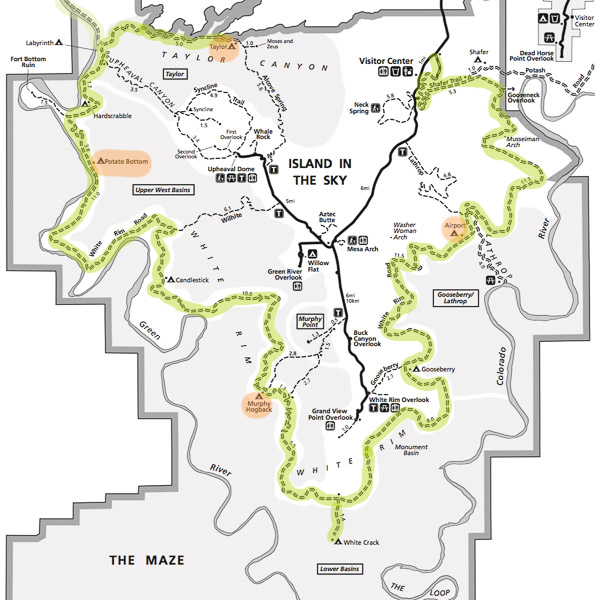
First we headed down the steep Shafer Trail to get onto the White Rim proper.
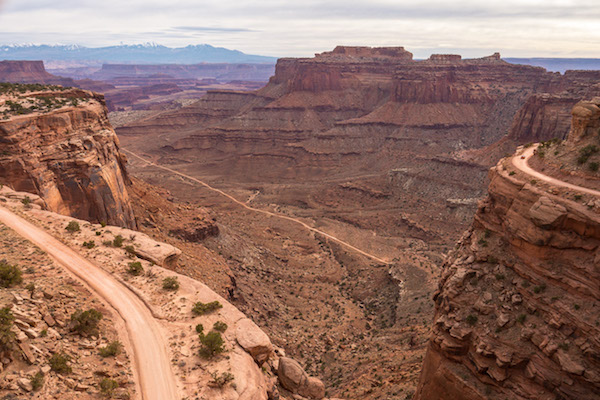
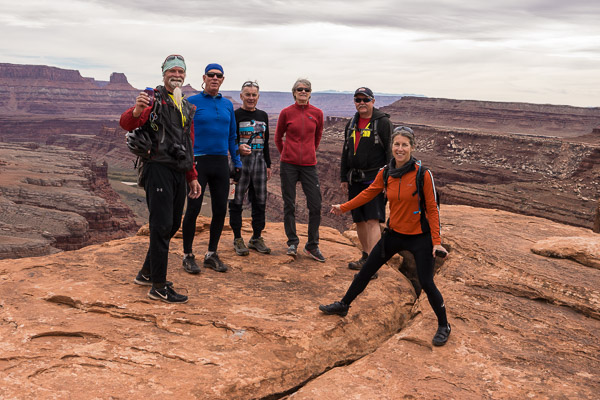
The “White Rim” is actually a geologic layer that is resistant to weathering as you can see in the aerial photo below.
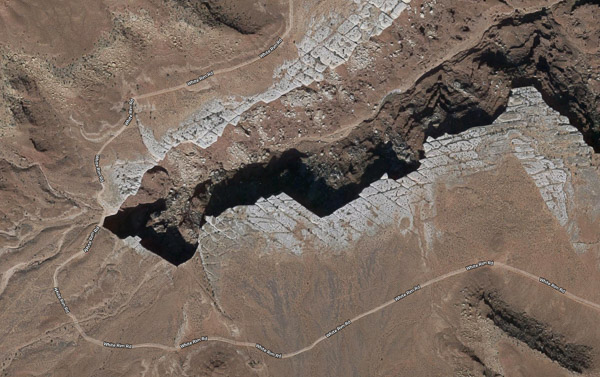
The first night’s campsite didn’t look like much. There was no soil, only gravel or hard rock.
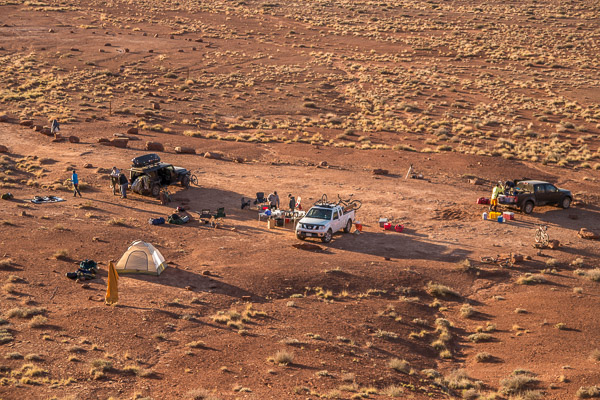
Fortunately I brought a lightweight folding cot and stayed comfortably six inches off the ground!
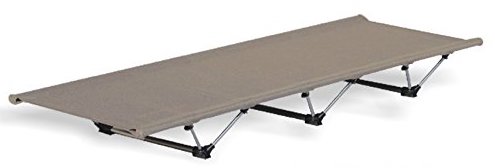
The next day we saw a group of Desert Bighorn Sheep in the distance. Later this solitary ram walked nearby.
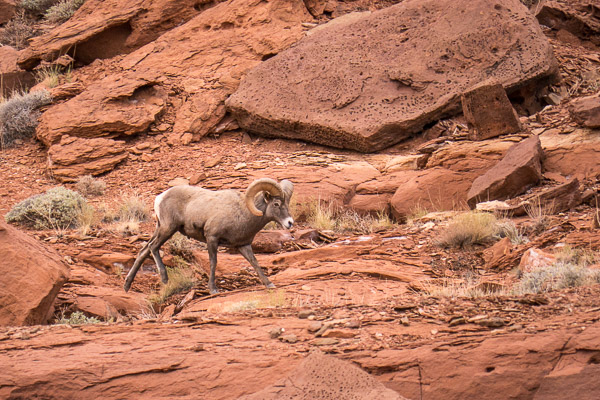
I rented a decent bike for the trip with front and rear suspension and disk brakes. I only took one fall (going too fast through a sandy patch). Going uphill was a bitch! I walked a lot…
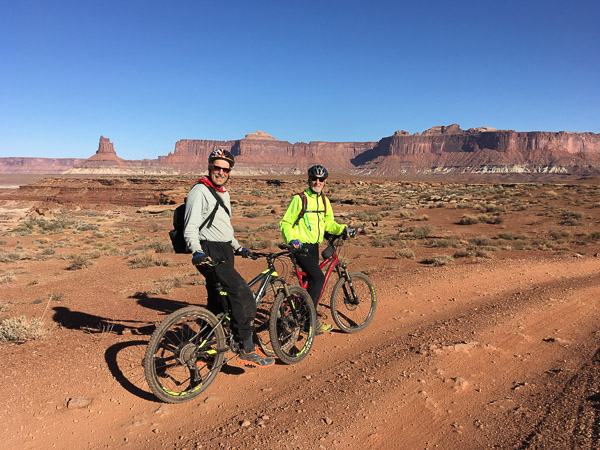
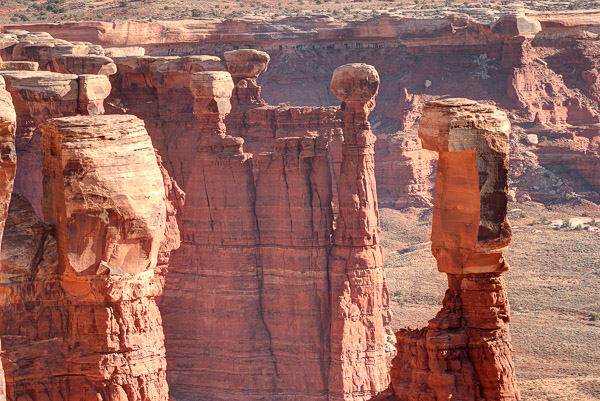
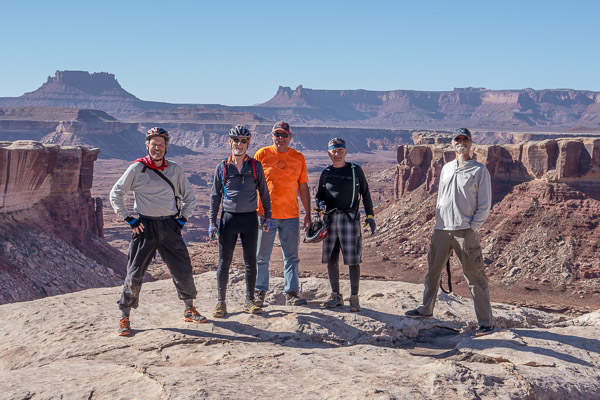
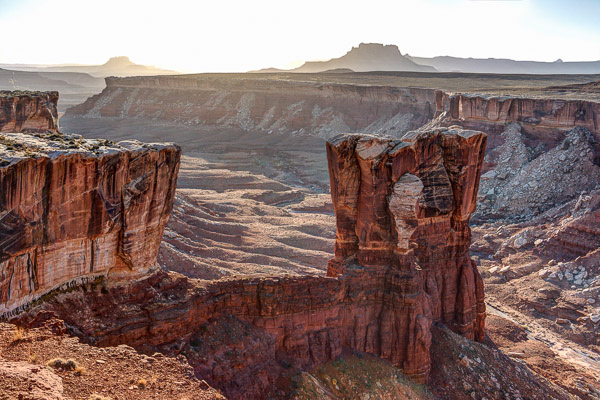
We came across many pothole depressions filled with rainwater (aka Ephemeral Pools). Incredibly there are small crustaceans called Tadpole Shrimp living there! They are considered living fossils.
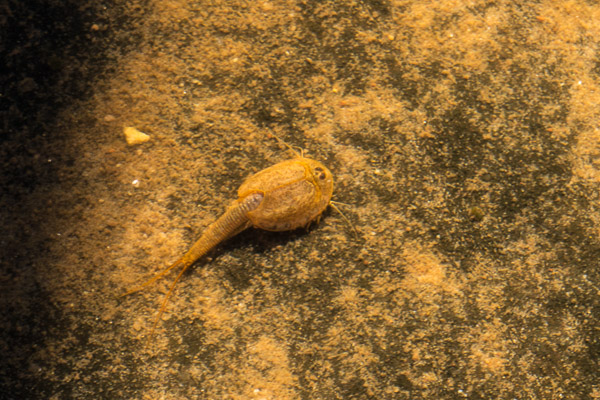
The area is defined by the confluence of the Colorado and Green Rivers. Numerous dry wash valleys lead down to the rivers and contribute to the beauty and complexity of the place.
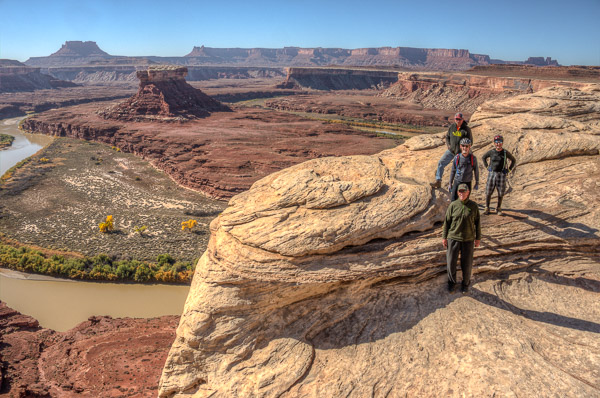
We took a short side trip down a slot canyon.
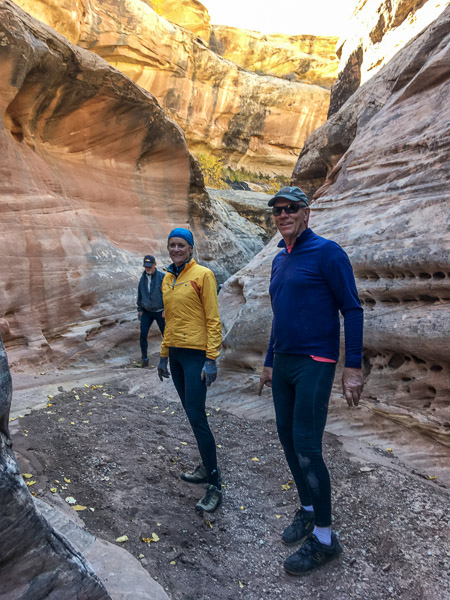
Turning north we came down to the Green River on the third day. The color of the Cottonwood Trees was near its peak. The temp went down into the twenties that night, Brrrr!
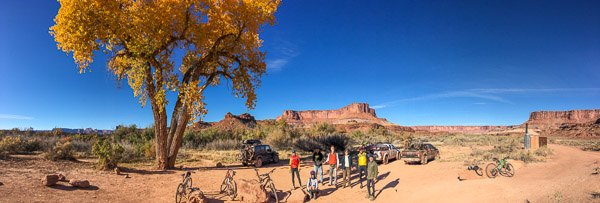
We took a very interesting side trail to see Anasazi Ruins and an old trapper’s cabin.

We spent our last night in the presence of “Moses and Zeus” (interesting pairing!) in Taylor Valley. It is an extremely beautiful place!

There just happened to be climbers descending Moses when we got there.
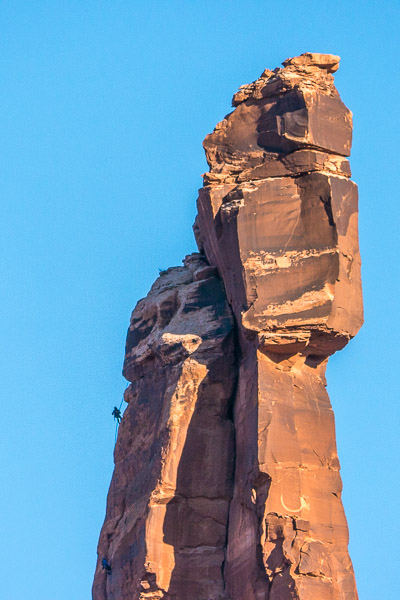
That night I slept on a 220 million year old beach. The Moenkopi Formation is what remains of tropical tidal flats back in the Triassic.
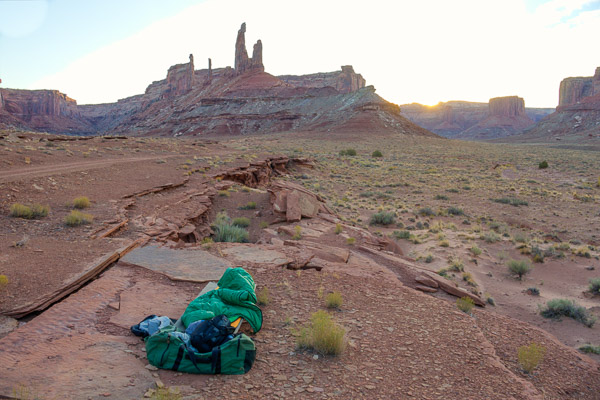
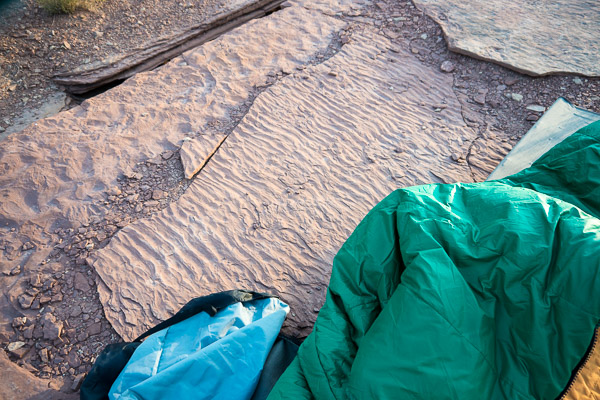
The next day we packed up and headed back down to cycle along the Green River, climbed out of the valley and drove back to civilization. It was a great trip!
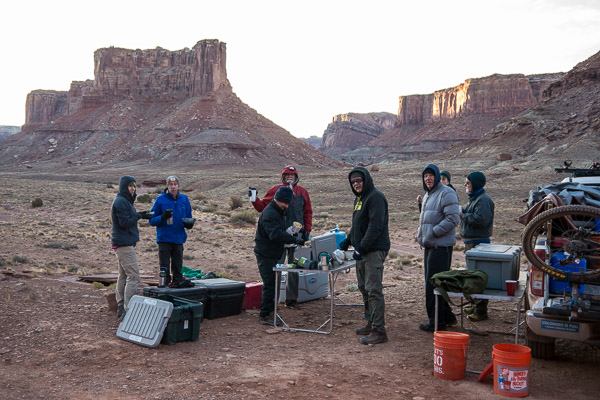
Photos by Richard Rathe & Rick Hindman


